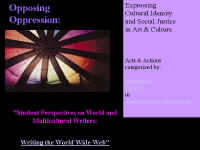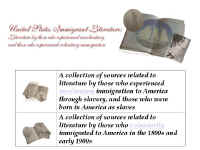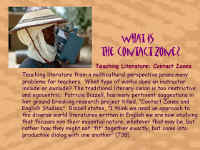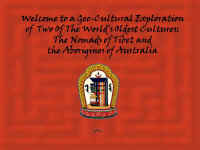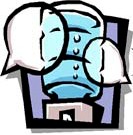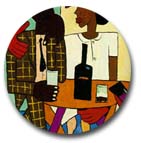
 WHAT IS THE RELATIONSHIP BETWEEN
WHAT IS THE RELATIONSHIP BETWEEN
THE INVITINGLY OPEN FORM OF WEB WRITING
AND OUR PROJECT OUTCOMES?
Part
II
| Key goals of our project
(as stated in our Abstract) were to enable our
relatively homogeneous Central Oregon students to cross cultural
and disciplinary borders and make meaningful connections to
multicultural and world studies. We theorized that web creation would provide
a powerful and exciting means for students to participate actively by
constructing knowledge in multicultural and world studies.
And we do believe that these goals were achieved in Hum 299.
Now we'd like to take a closer look at the impact of internet and web-authoring technology both on what and how students learned. One key concern that we identified at the end of Form, Part I of our online presentation, was that the "invitingly open form" of web writing and media so enthralled several Hum 299 students that they were unable to fully implement--especially the textual content of--their website plans by the end of the quarter-length (10-week) term. And so we posed this question: |
|
Is it a
bad thing . . . |
|
Cora's Response: Well, no . . .
|
|
We now invite you now to review
the following selected Hum 299 websites . . . selected because they represent cases herein student investment in form, to lesser or greater extent, resulted in running short of time needed to complete planned textual content. Before you do, however, please review our Notes on Form. |
|
Opposing
Oppression |
U.
S. Immigrant Literature |
|
|
|
|
Exploring
the Contact Zone |
Geo-Cultural
Exploration |
|
|
|
. . . or make your own selections for review and discussion from:
Showcase of [all] Hum 299 Student Websites
|
So . .
. what do you think? |
